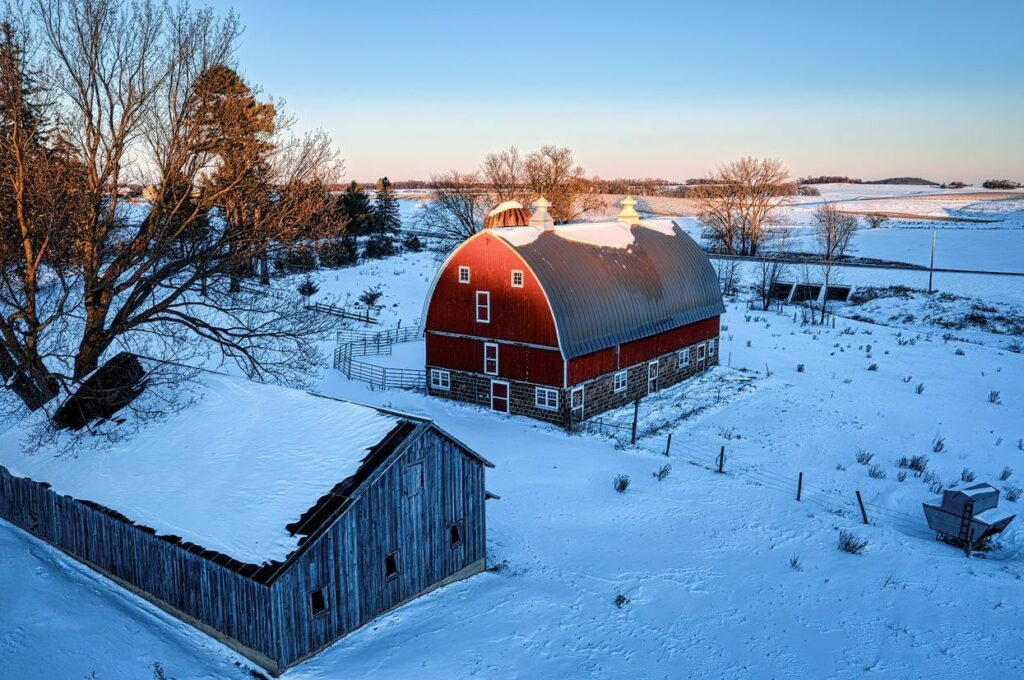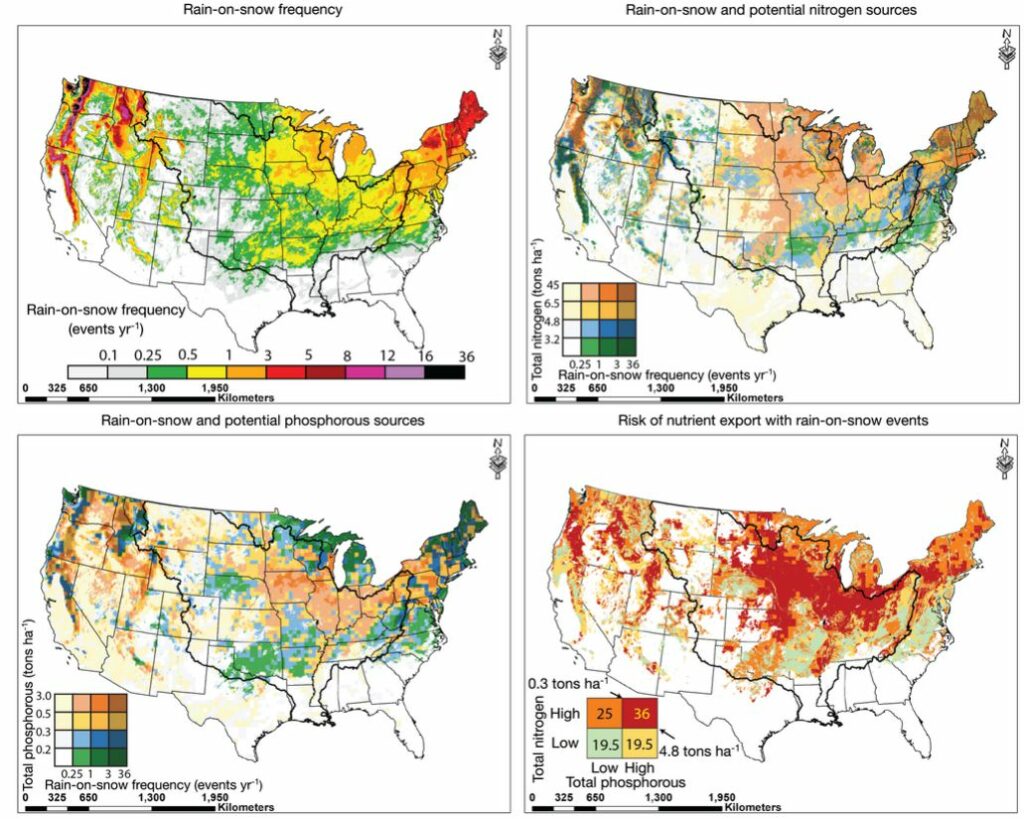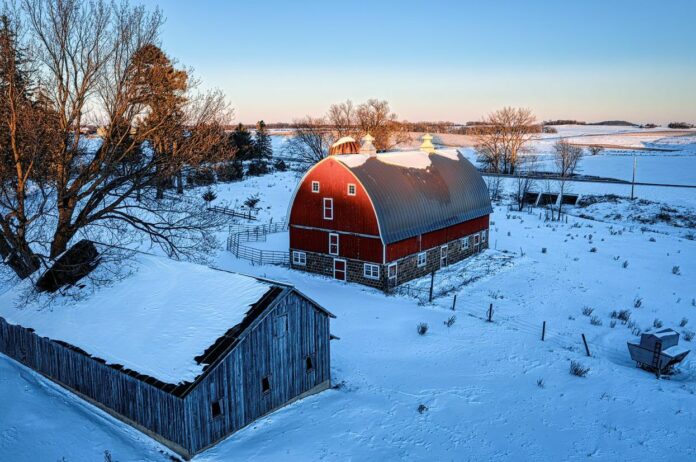Scientists are worried about a major new threat that puts the water quality in 40 states and 40% of the contiguous U.S. at risk.
Scientists are raising the alarm about a significant new threat to U.S. water quality: as winters warm owing to climate change, they are releasing large amounts of nutrient pollution into lakes, rivers, and streams.
The first-of-its-kind national study reveals that rising winter temperatures and precipitation have thawed previously frozen winter nutrient pollution, putting water quality at danger across 40% of the contiguous United States, including over 40 states.
Nutrient runoff from fertilizers, manure, and animal feed has damaged water quality for decades.
However, the growing season has been the focus of the majority of studies on nutrient runoff in snowy areas. Historically, low temperatures and prolonged snowfall locked nitrogen and phosphorus into place, only to be released in the spring when the watershed thawed and plants could help absorb extra nutrients.

But winters warm up the fastest in the U.S., and the seasonal snowpack has become less stable in many parts of the country.
Increased snowmelt, rain-on-snow, and rainfall events now transport nutrients and soil into streams and rivers during the winter, when dormant flora cannot absorb them.
As a result, the effects of winter runoff on nutrient pollution have rapidly gone from being uncommon or nonexistent to significantly worse than during other times of the year.
Scientists from the Universities of Vermont, Colorado, Kansas, and Michigan participated in the study; their findings were published in Environmental Research Letters.
“We are clearly seeing much larger amounts of cloudy water and sediment traveling through U.S. watersheds in winter,” highlights Carol Adair, a University of Vermont researcher. “The idea of winter nutrient pollution is new, because it’s a relatively recent impact of climate change with the potential to cause significant problems for people and the environment—from algae blooms that make swimming dangerous to ‘dead zones’ that kill fish stocks.”

According to academics, “rain-on-snow” scenarios, which can result in huge, environmentally and economically catastrophic floods, are of special concern.
The team investigated the effects of rain-on-snow occurrences in U.S. locations with significant nitrogen and phosphorus storage using geospatial information.
Scientists found that rain on snow affects 53% of the contiguous U.S. and puts 50% of the U.S. nitrogen and phosphorus pools at risk of getting into groundwater and surface water.
If these circumstances materialize, soil erosion and nutrient export from rain-on-snow events pose a threat to more than 40% of the contiguous United States.
Analyzing the 2019 Mississippi River floods, researchers discovered that rain-on-snow events delivered a large pulse of nutrients and sediment into the river and Gulf of Mexico—at much higher levels than a similar growing season rainfall event would—contributing to the eighth largest dead zone on record for the Gulf of Mexico.
Dead zones form when bacteria that thrive on excess nutrients remove too much oxygen from the water, resulting in enormous fish or aquatic animal die-offs.
“We hope this study is a wake-up call for government agencies and researchers, because it reveals that 40% of the U.S. is producing winter pollution—but no one is tracking exactly how much, where it’s going, or the impacts on water quality and ecosystems,” adds Adair, a researcher at UVM’s Gund Institute for Environment, the Rubenstein School of Environment and Natural Resources, and Vermont EPSCoR. “That’s a big problem that urgently needs addressing.”
The study’s results are shown on several maps that show projected winter nutrient pollution in more than 40 U.S. states, including large parts of the Northeast, the northern Midwest and central plains, the Pacific Northwest, and the Sierra and Rocky Mountain ranges.
“Climate change impacts on winter are often overlooked,” adds co-author Aimee Classen, a Gund Affiliate from the University of Michigan. “If we care about our water quality, we can no longer ignore how climate change impacts winter precipitation.”
Source: 10.1088/1748-9326/ac8be5
Image Credit: Getty
You were reading: New Research Warns Of A New Threat To U.S. Water Quality
